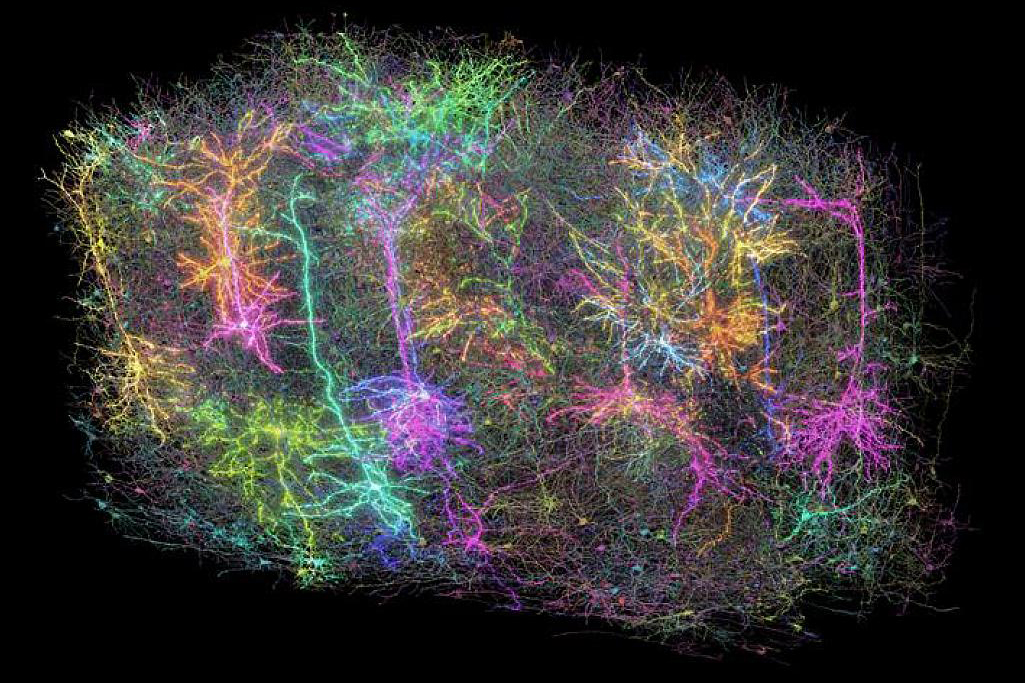Tropical Cyclones Disrupting Education: New Research Highlights Impact on School Enrollment

Recent research from Stanford University reveals a striking and troubling outcome of climate change: exposure to tropical cyclones during early childhood significantly hampers school enrollment, especially in communities less accustomed to such extreme weather events. The study, published on April 29 in Proceedings of the National Academy of Sciences, sheds light on how hurricanes and tropical storms collectively referred to as tropical cyclones not only wreak havoc on physical infrastructure but also impede social development by limiting educational opportunities.
Lead author Renzhi Jing, a postdoctoral scholar in the Stanford School of Medicine, emphasizes the magnitude of this issue, stating, Education is key to personal development, but tropical cyclones are depriving vulnerable populations of the opportunity to go to school. The research further underscores that girls bear a disproportionate share of this burden, exacerbating existing gender disparities in education.
The study's senior author, Eran Bendavid, a professor of medicine and health policy at Stanford, describes a troubling phenomenon: Theres a sweet spot or maybe I should say a sour spot where cyclones are intense enough but also rare enough to wreak havoc that causes children to lose out on the opportunity to attend school. This highlights how the impacts of cyclones can be particularly devastating in regions that are not typically prone to such disasters.
Tropical cyclones are defined as rotating systems of clouds and thunderstorms that generate strong winds and torrential rain. Despite their severe impacts, the global understanding of their effects often overlooks population vulnerabilities, focusing instead on regional consequences. As climate change continues to escalate, the frequency and intensity of these storms are expected to increase, thereby amplifying their detrimental effects on already vulnerable populations.
As the research team analyzed schooling records from over 5.4 million individuals across 13 low- and middle-income countries affected by tropical cyclones between 1954 and 2010, they uncovered alarming statistics: exposure to any cyclone at preschool age (around 5 or 6 years old) is linked to a 2.5% decrease in the likelihood of starting primary school. More strikingly, the data indicated an 8.8% decrease in enrollment after particularly intense storms in communities that are unaccustomed to such events. Over the last two decades, it is estimated that tropical cyclones have barred more than 79,000 children in these vulnerable regions from ever starting their education, resulting in a total loss of 1.1 million years of schooling.
Notably, the study emphasized that girls face even greater challenges. The gender disparity in the wake of these storms may arise from societal norms that prioritize household responsibilities for girls, forcing them to stay home to assist with post-storm recovery efforts. This further deepens the educational gap that already exists between genders in many low- and middle-income countries.
Communities with lower primary school enrollment rates, where education is often deprioritized, experience even greater setbacks in the aftermath of tropical cyclones. The data revealed that such areas suffered significant declines in enrollment, exacerbating the disparities in educational attainment between populations that recognize the value of education and those that do not.
Children affected by cyclones not only face lower rates of primary school completion but also encounter barriers to enrolling in secondary education and ultimately experience fewer years of schooling overall. This lack of educational attainment perpetuates cycles of poverty and inequality in regions already grappling with these issues.
Interestingly, the study also highlighted that regions more frequently exposed to tropical cyclones tend to experience smaller declines in school enrollment. This suggests that communities that regularly face such storms may have developed adaptive strategies, including improved infrastructure and preparedness measures, or more resilient community systems. In contrast, areas where cyclones are rare are often unprepared and suffer much more severe impacts, signaling an urgent need for targeted disaster risk reduction and adaptation strategies.
The findings from this research underscore the critical need to address the educational impacts of climate change, particularly in the most impoverished regions of the world. As the frequency and severity of tropical cyclones increase due to climate change, the number of children whose education is disrupted will likely rise as well. Policymakers and international organizations must prioritize the protection of educational infrastructure and support systems, particularly for vulnerable populations such as girls, as highlighted by the study's authors.














